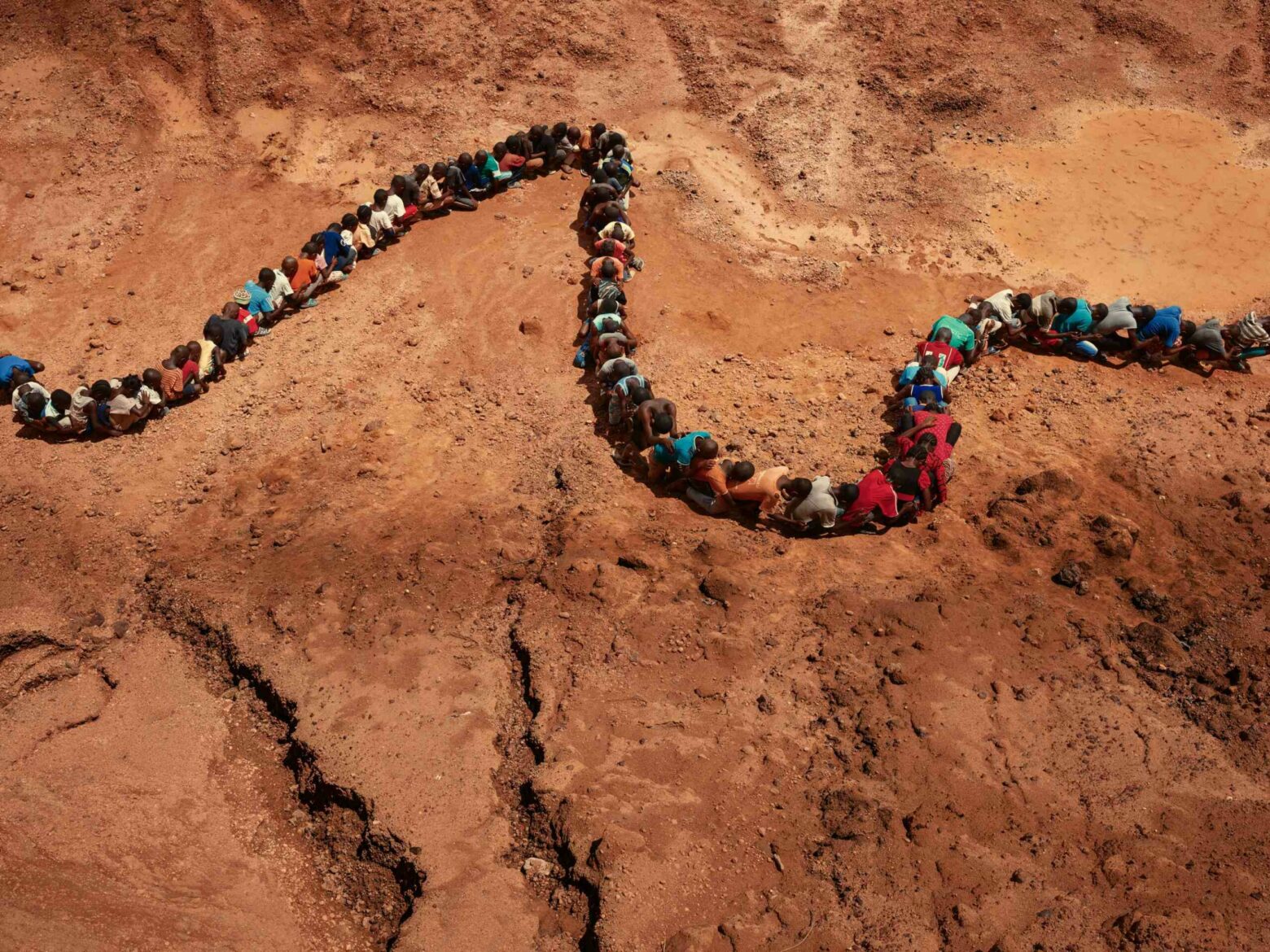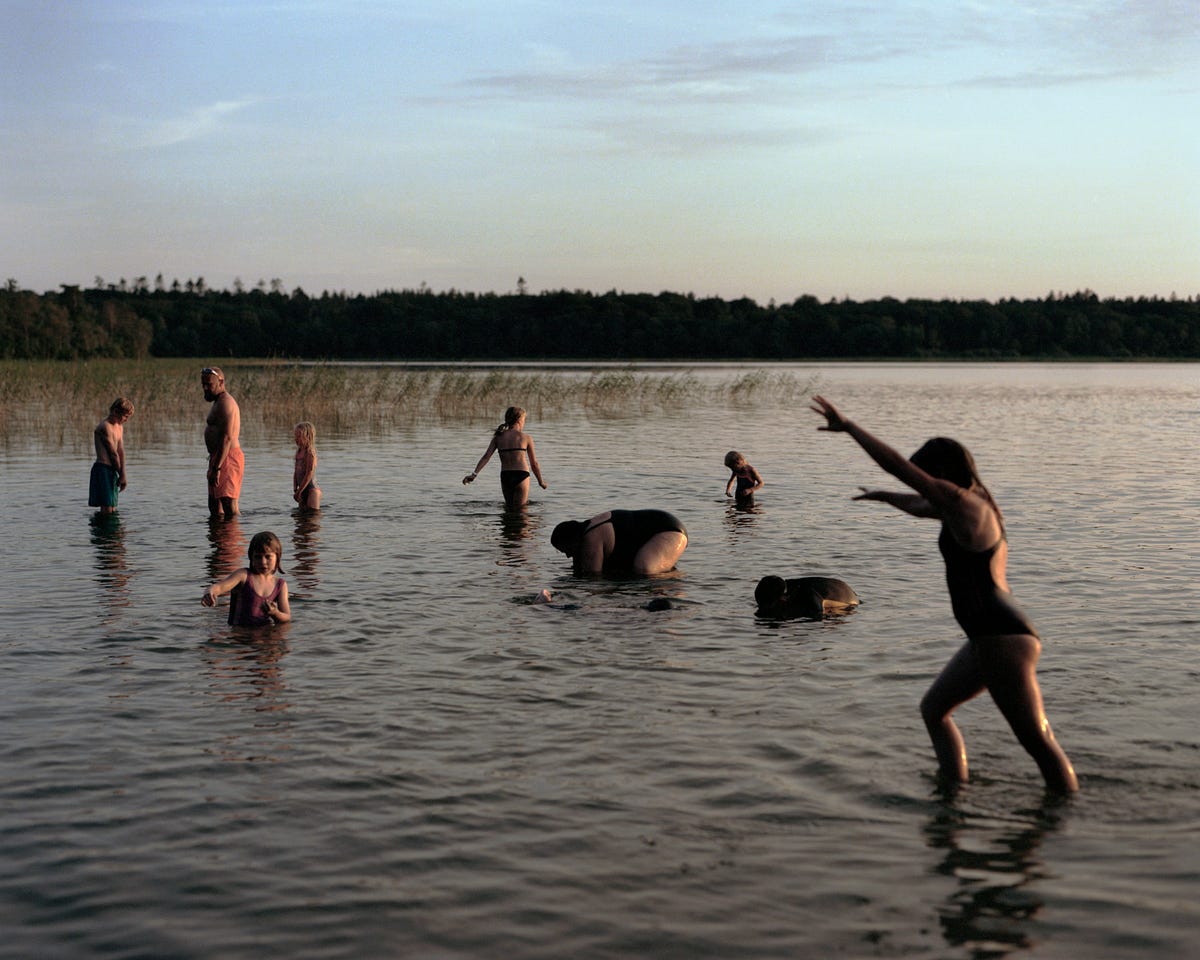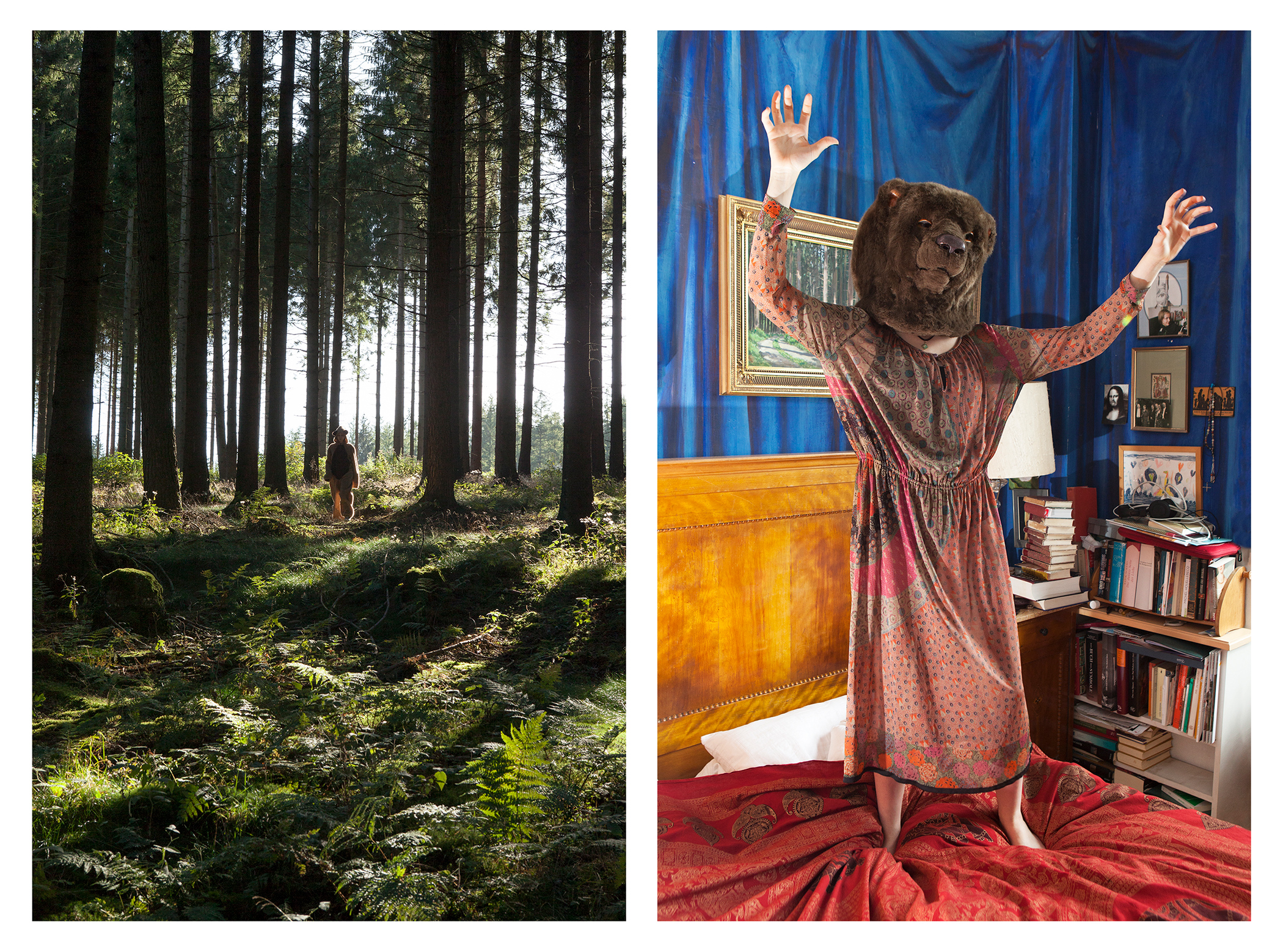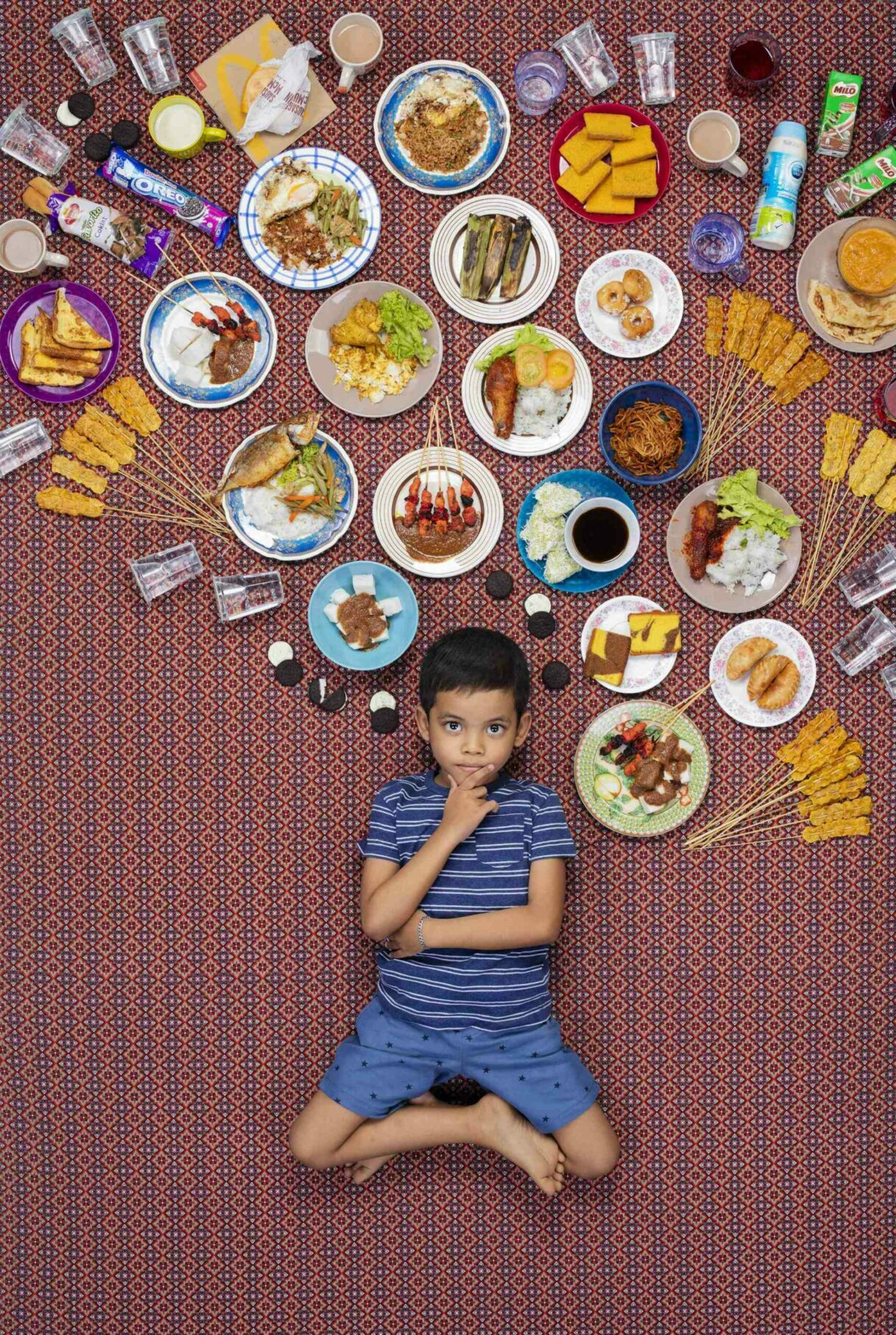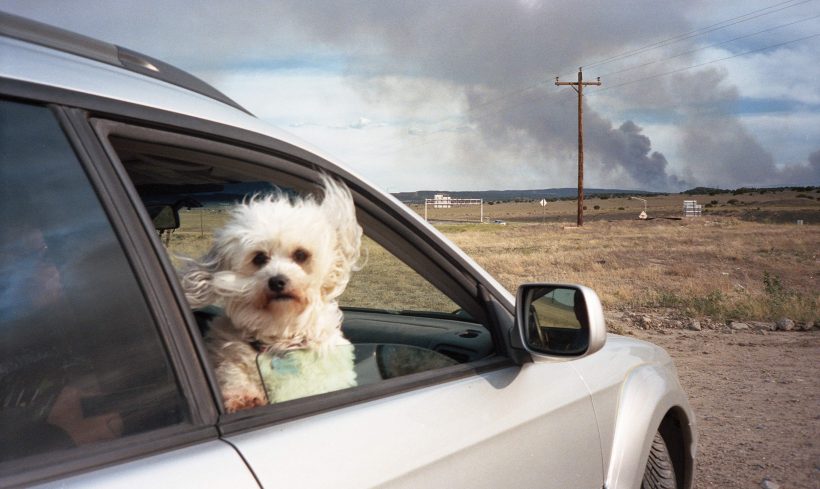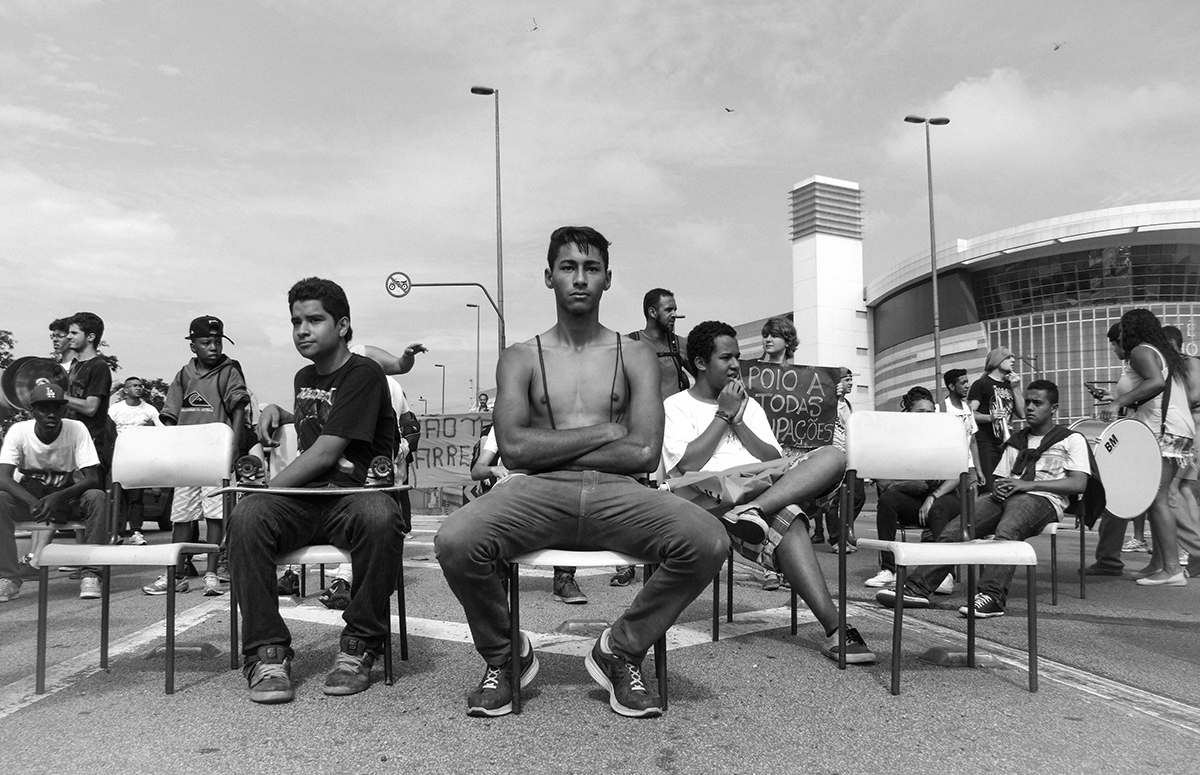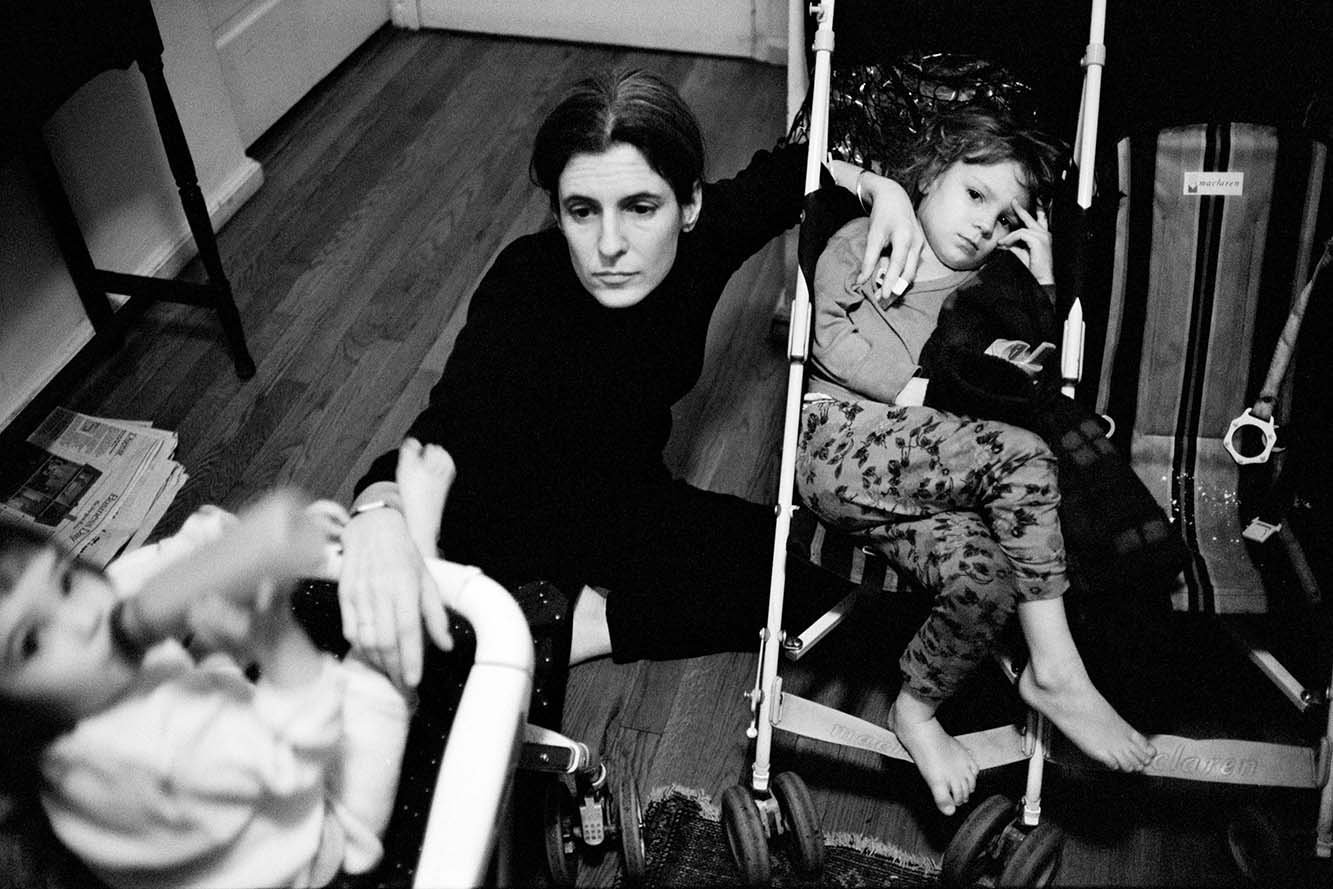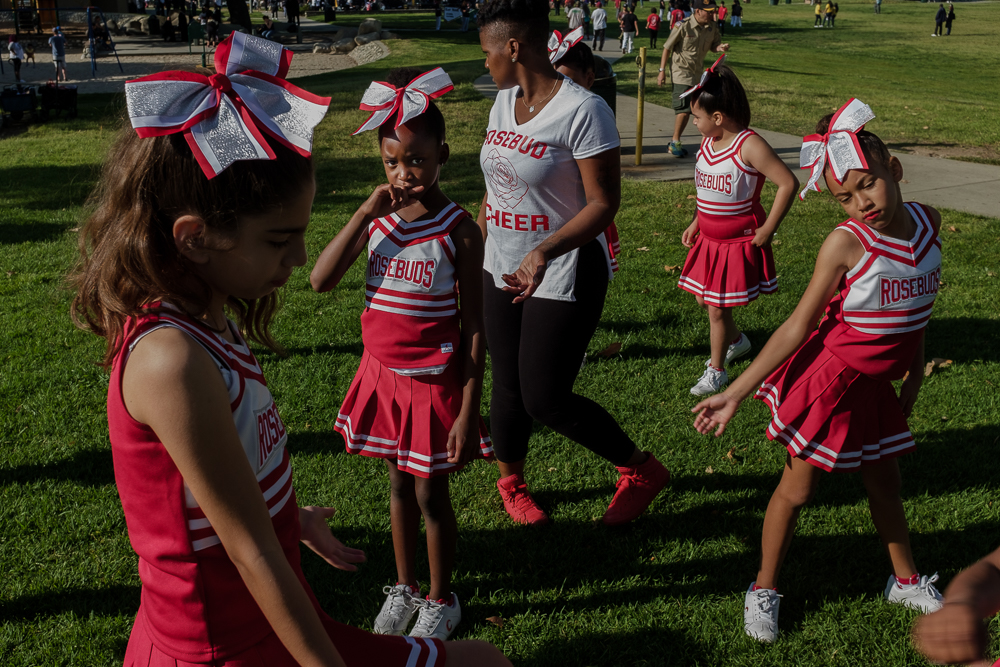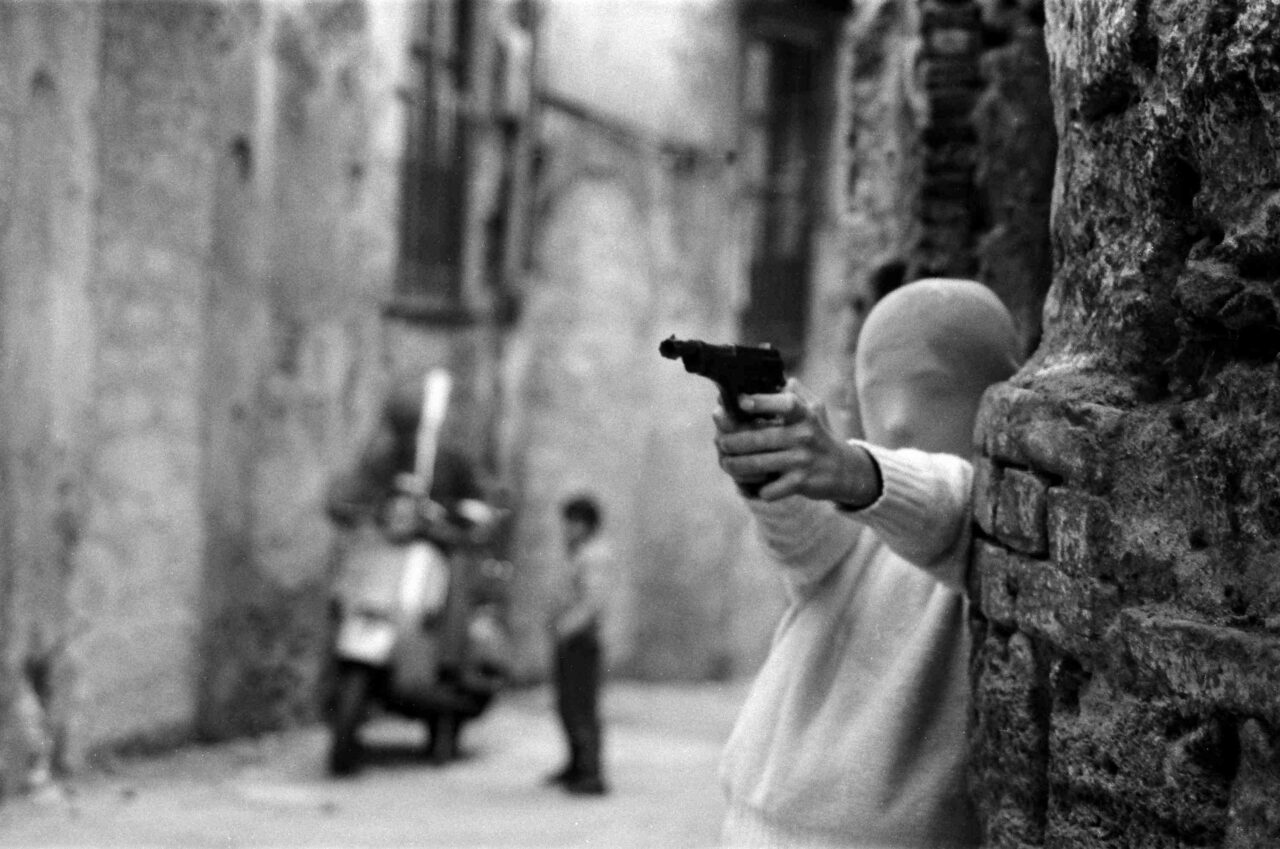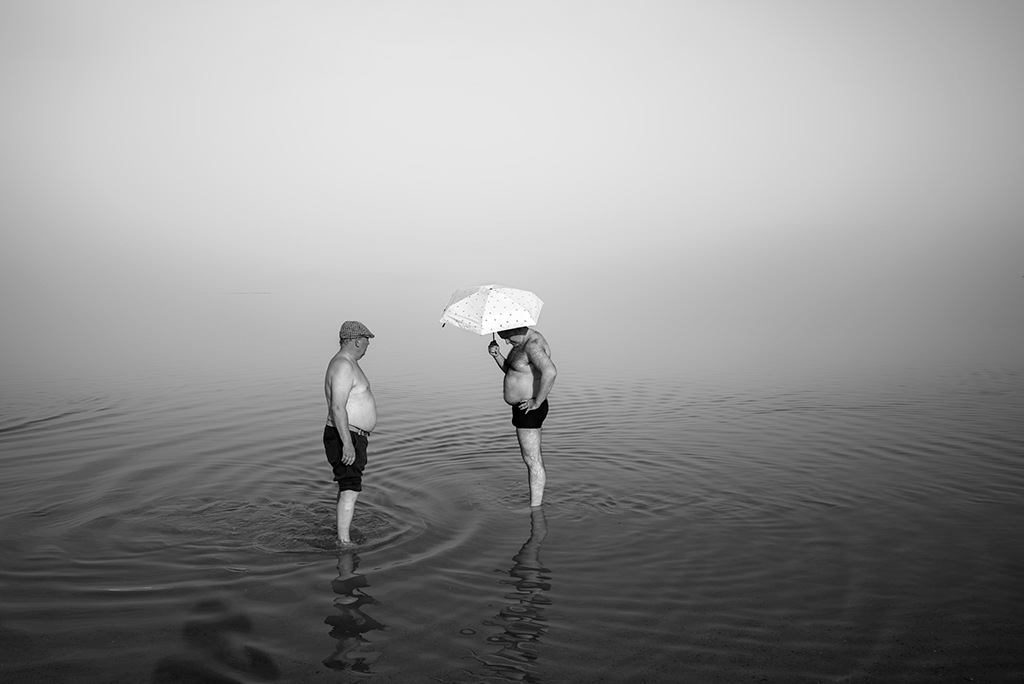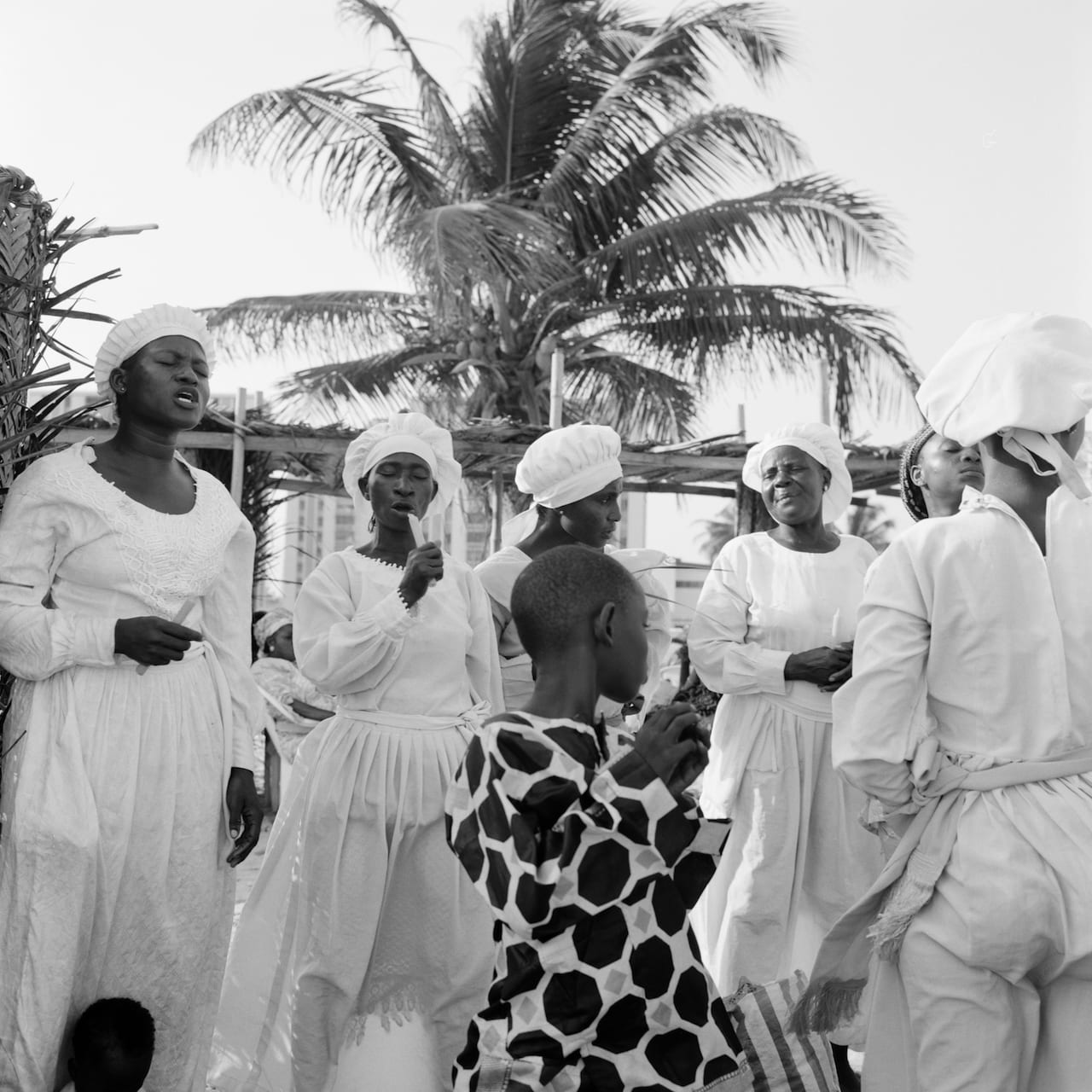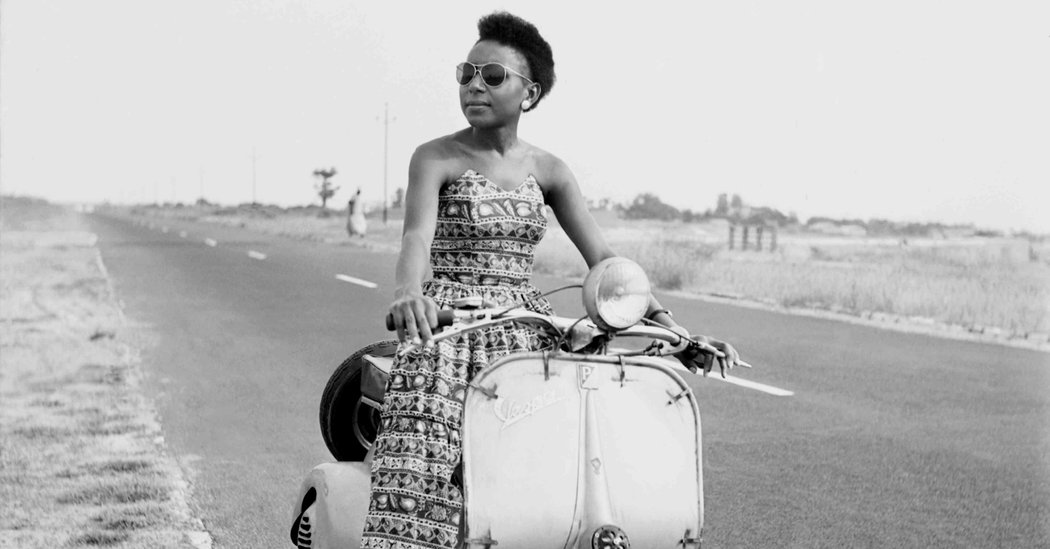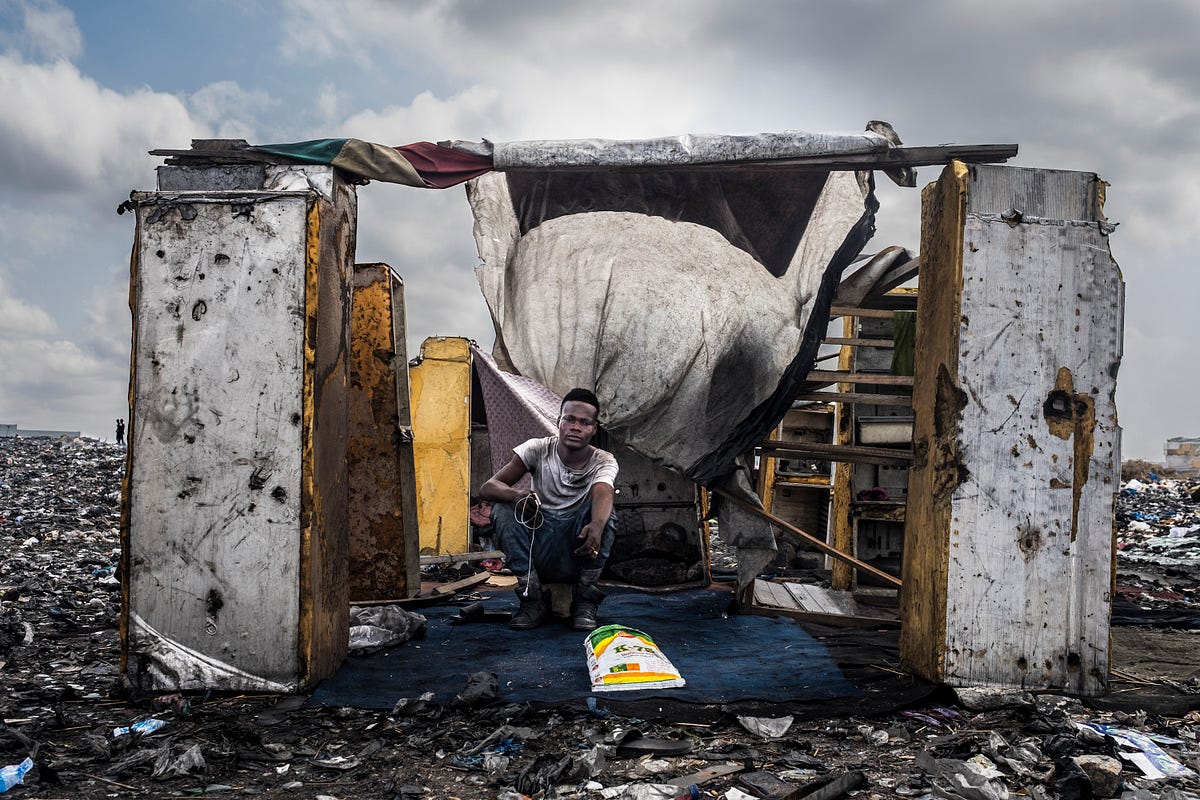https://loeildelaphotographie.com/en/michael-wolf-life-in-cities-2-pp/
The Robert Koch Gallery presents Michael Wolf: Life in Cities, a survey celebrating Michael Wolf’s life and work. For over four decades Wolf examined the layered urban landscape, addressing juxtapositions of public and private space, and anonymity and individuality in relation to history and modern development. Michael Wolf’s work on life in cities was always driven by a profound concern for the people living in these environments and for the consequences of massive urbanization on contemporary civilization. This commitment and engagement remained central throughout his career. The Robert Koch Gallery was the first gallery to represent Michael Wolf, and did so exclusively for many years, presenting Wolf’s first exhibition of his breakthrough project Architecture of Density in 2005 and later the first gallery exhibition of Transparent City in 2008. The gallery has mounted many ground-breaking exhibitions of Michael Wolf’s work prior to his untimely passing in 2019.

